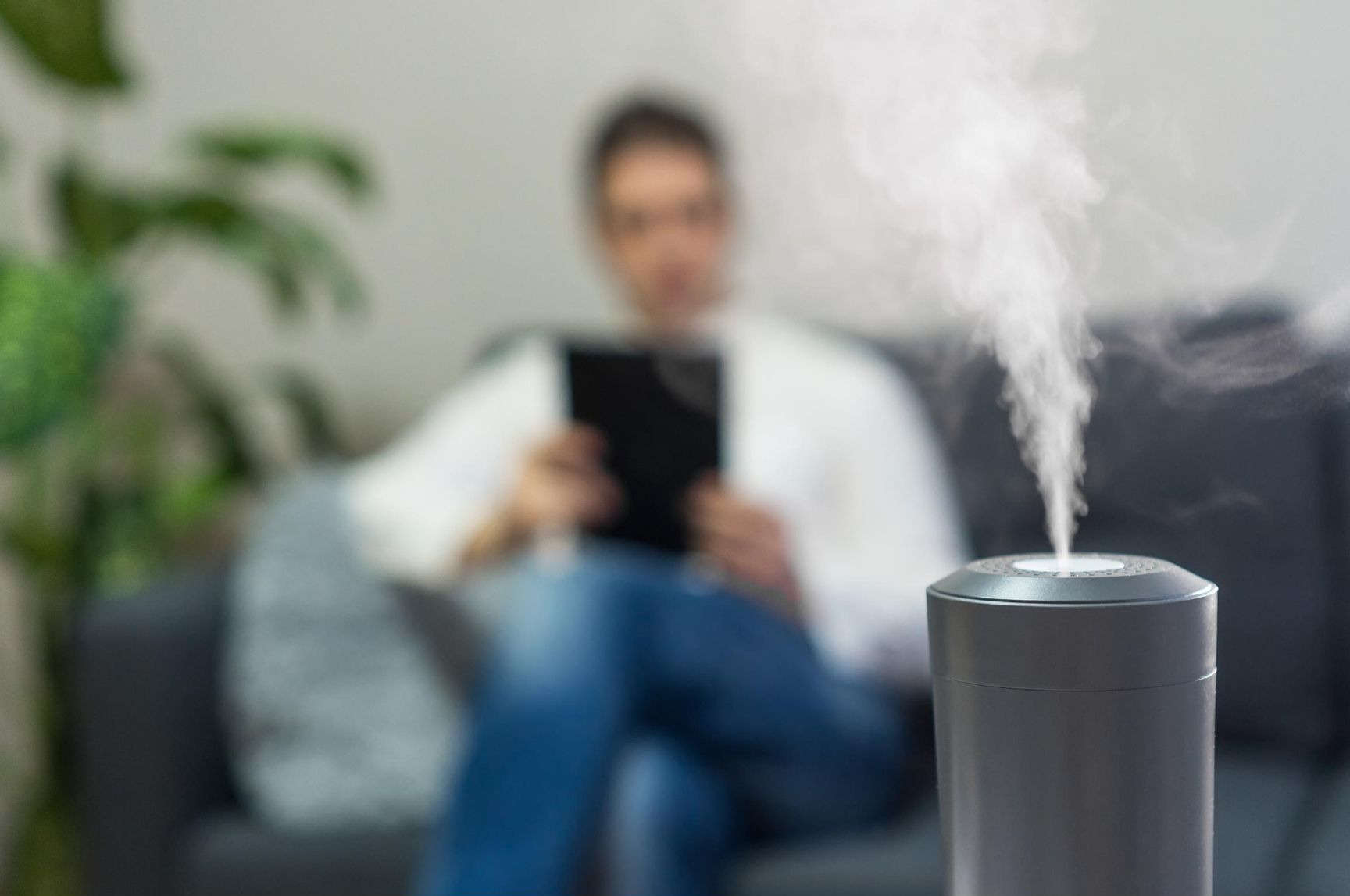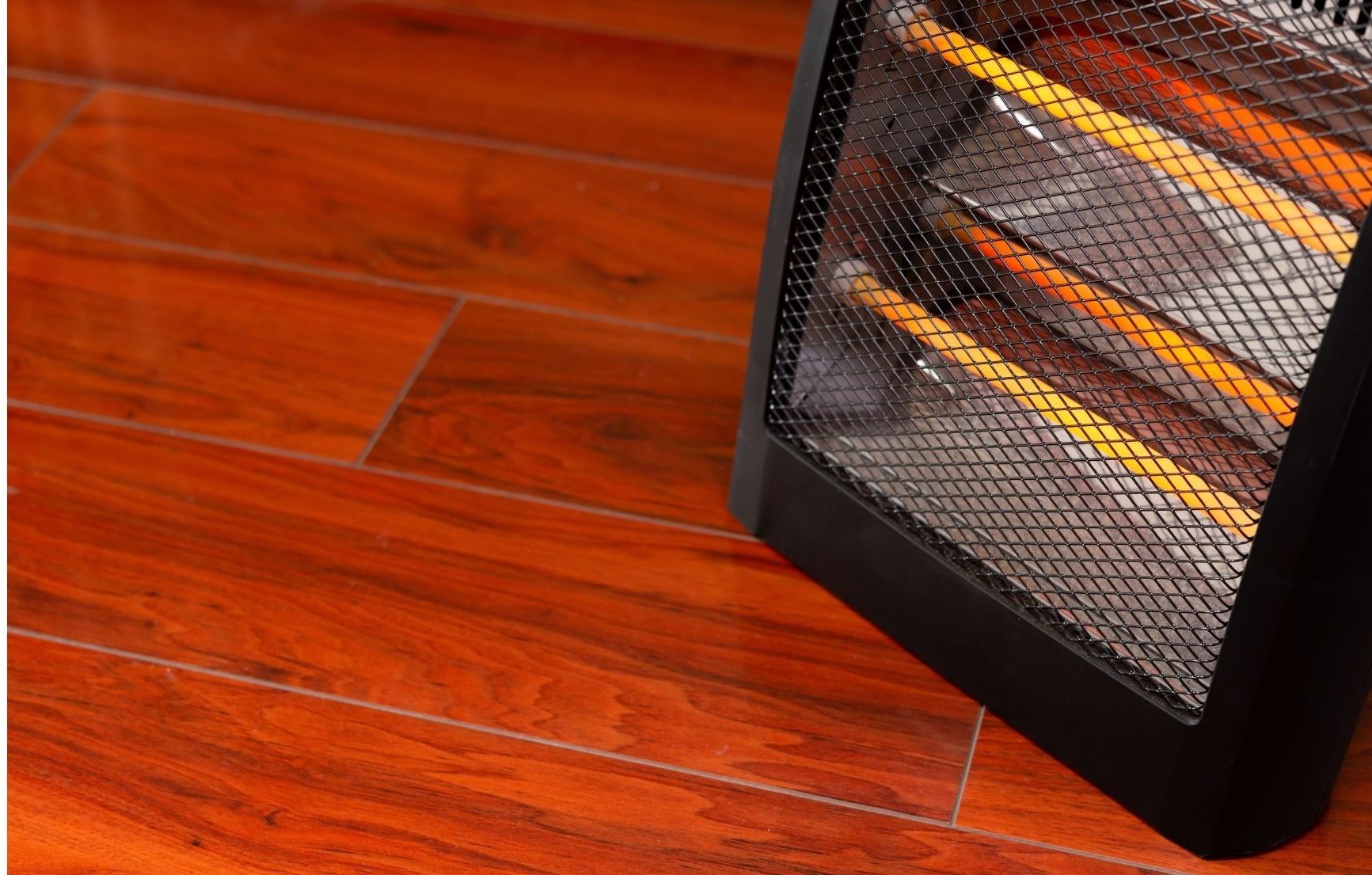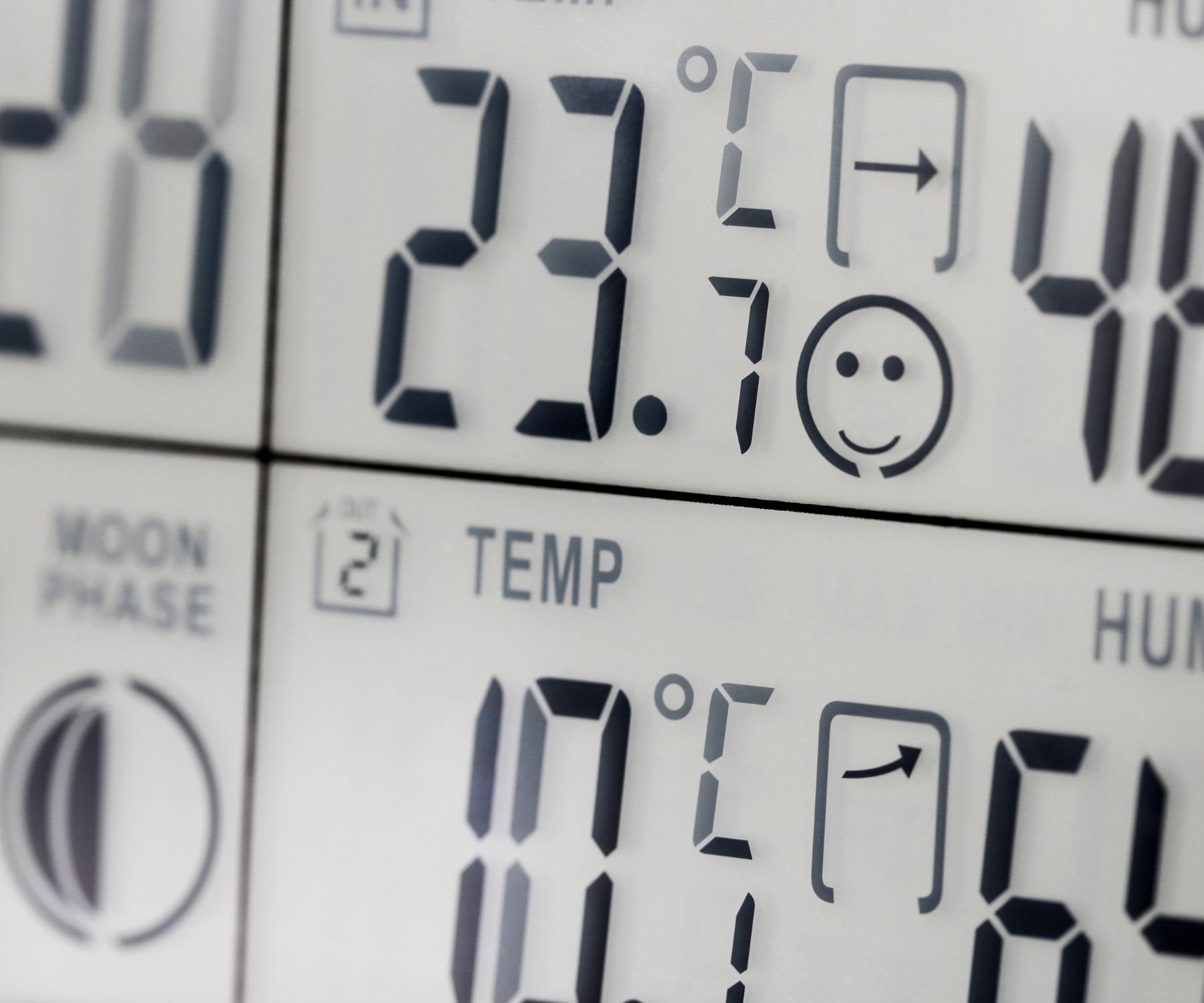Table of Contents
Can I Use a Humidifier With a Smart Home System?
Yes, you can absolutely use a humidifier with a smart home system. Smart humidifiers are designed to connect to smart home hubs like Amazon Alexa, Google Home, Apple HomeKit, and Samsung SmartThings. This allows you to control and monitor your humidifier remotely using your voice, smartphone, or through home automation.
The key reason smart humidifiers work well with smart home platforms is because they connect directly to your home’s WiFi network. This allows them to interface with your smart speakers and hubs without the need for any extra smart plugs, hubs, or bridges. You simply plug in the smart humidifier, connect it to WiFi, and link it to your smart home ecosystem.
According to EPA guidance, ideal indoor humidity levels usually range from 30% to 50%. Smart humidifiers give you precision monitoring and control to maintain these recommended humidity ranges throughout your home.
Overview of Smart Humidifier Technology
Smart humidifier technology has advanced rapidly in recent years. Many popular humidifier brands like Honeywell, LEVOIT, Vornado, and Pure Enrichment now offer smart models. These smart humidifiers have the following capabilities:
- Connect directly to your home WiFi network
- Pair with smart home hubs like Alexa, Google Home, HomeKit, SmartThings
- Respond to voice commands like “Alexa, turn on the bedroom humidifier”
- View and control from smartphone apps anywhere
- Create schedules and timers for automated operation
- Get notifications if water is low or filters need replacing
- Integrate with other smart devices through home automation
This smart functionality allows you to precisely monitor humidity levels and control your humidifier from anywhere. You can maintain optimal humidity throughout your home without constantly having to manually adjust and refill your humidifier.
Recommended Products:
| “Over-All” Best Humidifier Levoit LV600 see on Amazon |
 |
| Runner Up Dreo Smart Humidifier view Here |
 |
| #1 Anti -Microbial Mold Resistant Humidifier PureGuardian H5450BCA view on Amazon |
 |
Key Benefits of Using Smart Humidifiers
Here are some of the top benefits of using a smart humidifier with your smart home system:
Precise Humidity Control
Smart humidifiers have built-in humidity sensors and can be set to your ideal humidity percentage. The humidifier automatically turns on to maintain this preset humidity level and turns off when achieved. This results in optimal humidity control.
Remote Monitoring
From your smartphone, you can remotely monitor real-time humidity levels and receive alerts if humidity gets too low or high. You can also check the water tank level and get notifications when it’s time to refill.
Voice Control Convenience
Use voice commands with Alexa, Google Assistant or Siri to turn your humidifier on/off, set modes, adjust humidity level, and get status updates. Voice control provides a very convenient hands-free way to control your humidifier.
Automated Scheduling
Create customized schedules to have your humidifier automatically turn on and off at certain times of day or when humidity reaches trigger points. Scheduling saves effort and keeps humidity automatic.
Smart Home Integration
Smart humidifiers seamlessly integrate into your larger smart home ecosystem. You can include them in home automation rules, like turning on when bedroom occupancy is detected, or turning off when windows are opened.
Energy Savings
By maintaining an optimal 40-50% humidity range automatically, smart humidifiers prevent over-humidification which can lead to excess moisture and mold. Their automation also saves energy.
| Smart Humidifier Benefit | Description |
|---|---|
| Precise Humidity Control | Automatically maintains ideal humidity percentage |
| Remote Monitoring | Check humidity and water levels from smartphone |
| Voice Control | Hands-free voice commands with Alexa, Google, Siri |
| Automated Scheduling | Set humidifier to turn on/off on schedules |
| Smart Home Integration | Include in home automation rules and scenes |
| Energy Savings | Automation prevents over-humidifying and wastes |
Choosing a Smart Humidifier
If you decide a smart humidifier will meet your home’s humidity control needs, here are some key factors to consider when selecting a model:
Compatibility
Ensure the smart humidifier is compatible with your smart home ecosystem – whether Google Home, Alexa, HomeKit, SmartThings, etc. It should directly connect to your home’s WiFi without need for an extra hub.
Tank Capacity
Consider the tank size and runtime to match the coverage area needed. Bedrooms and small rooms may only require 1-2 gallon tanks, while larger rooms need 5-6 gallon capacity.
Coverage Area
Similarly, factor in the humidifier’s rated square footage coverage. Measure your room size and look for a humidifier rated for that space size.
Runtime
Look for a runtime of at least 24 hours before needing refills. Smart alerts for low water let you know when to top up.
Desired Smart Features
Consider which smart humidifier features are most useful – humidity tracking, timers, schedules, voice control, remote access, automation, etc. The more smart features the better.
Settings Flexibility
Look for granular relative humidity settings from 30% to 60% so you can customize to your ideal humidity percentage.
Filters
Many humidifiers have filters that need periodic changing. Smart alerts let you know when it’s time. Filters improve air quality.
Automatic Shutoff
Safety features like auto shutoff when the tank is empty prevent potential hazards with smart humidifiers.
Noise Level
If using in a bedroom, look for ultra quiet humidifiers with sound levels under 30dB for peaceful sleep.
 Started With Smart Humidification
Started With Smart Humidification
Adding a smart humidifier to your home automation system is straightforward. Follow these steps for easy setup:
- Select a compatible smart humidifier model for your needs
- Download the manufacturer’s smartphone app for your iPhone or Android
- Plug in your new smart humidifier and connect it to your WiFi
- Open the app and follow the instructions to pair the humidifier
- Link your humidifier to Alexa, Google Home, or your preferred smart ecosystem
- Give your humidifier a name like “Bedroom Humidifier”
- Start using voice commands, schedules, and automations to control humidity!
And that’s it – your smart humidifier will now seamlessly integrate into your home’s intelligent automation and control. Enjoy precision humidity monitoring and effortless voice-controlled convenience!
Smart Humidity Monitoring for Healthier Indoor Air
In conclusion, smart humidifiers provide enormous benefits for conveniently controlling humidity at optimal levels in your home. By maintaining the recommended 30-50% indoor relative humidity range, smart humidification can:
- Prevent dry air that aggravates allergies, colds and skin conditions
- Reduce spread of bacteria, viruses, and molds
- Lessen static electricity shocks and risks
- Minimize wood furniture damage and warping
- Improve sleep quality and comfort
Using a humidifier with your smart home system enables automation for healthier indoor air quality all year round. So yes, smart humidifiers are absolutely recommended for reaping the benefits of whole-home humidification control.



 Started With Smart Humidification
Started With Smart Humidification





